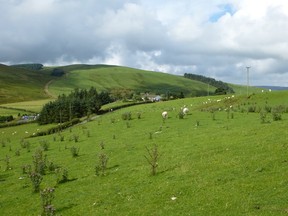
It’s not the first time that I’ve visited this parish, with its stunningly beautiful hills and valleys, and although I’ve combed the locality for any clues, I still hope to find a trace of something else. I just happened to be in the area on the previous day, so have seized the chance to come on here before I head home.
Blindman’s Cottage has probably been pulled down, as I’ve already established. On a previous visit, someone told me about a pile of stones thought to be from old cottages at roughly the place indicated by the tithe map as the site of their original home. It’s worth a look, so I trudge through fields, startling sheep and looking for traces of old walls, wells, or anything that could indicate earlier occupation. Nothing. Ah well, it’s still a lovely day – though by now white cauliflower clouds gleam luridly against a horizon the colour of stern Welsh slate. Rain on the way. I walk briskly back to the village with the aim of taking a turn around the Baptist Chapel graveyard before leaving.
Now one thing I noticed when conducting a survey for my recent book, Growing Your Family Tree, was how often serendipity plays a part in finding new evidence – the chance meetings, the way a book or a document almost falls at random into your hand – and some of these happenstances do seem to occur in churchyards. I’ve combed the graves round the chapel before; this family line has a strong connection with the Baptist tradition, and one of Edward’s sons (also an Edward) became the first in three generations of Baptist ministers, ending with my grandfather. So the chapel of Bwlch-y-Sarnau, which has been known for its radical and influential preachers, is where both Edward the shoemaker-soldier, and Edward the minister-to-be, received their teaching. Surely there must be something here!
I notice for the first time that the graveyard has a clutch of Rees tombs, and Edward the soldier’s own mother is reputed to be a Rees, though we haven’t pinned her down yet. It’s relevant, maybe, so I photograph all the names and dates. Not a lot, but at least something to take from my visit. But just as I’m on the point of leaving, a woman hurries in through the gate, swinging a large key. She’s going to open up! I’ve never seen inside, and although the chapel is an early 20th century rebuild, I’d still like to get a glimpse.
‘I’m only here to pick up the vacuum cleaner – I clean for them, see. And I have to go soon, the car’s playing up and my husband’s waiting and we’ve got to get it looked at. No, I don’t go to chapel here – I fell out with them, ‘ she concludes darkly.
But she beckons me in, moves me briskly towards a faded old photo swinging from a nail at the back. ‘That’s the original chapel, see. There’s the new one going up,’ pointing towards a second photo, hung straight and in a better state of repair. I photograph both eagerly. Not a lot, in some ways, but fellow family historians will recognise the thrill off finding a new little pearl to add to the string – something tangible, and precious, in the chain of associations that build up your ancestry.
She has more, when I tell her the name of the family.
‘Owens? Well there’s only one left hereabouts.’ She gives me the name and whereabouts of a woman who was born into an Owens family, and encourages me to drop in, before moving me briskly out of the chapel, dragging a vacuum cleaner behind her.
Shall I call in? The sky is darkening and I’d like to be on my way. Two and a half hours drive, thunder and floods are threatened. Oh yes then – why not?
There’s always the nervousness about knocking on a stranger’s door. But, as one of my informants said, ‘What’s to lose?’ Possibly your leg, if they keep a savage pit bull terrier, possibly a bit of pride if you’re sent away ignominiously.
I take the car up the long drive (no escape now) and within five minutes I’m welcomed in by a family of three – a lady (my Owens connection), with her husband and grown-up daughter. The daughter has been working on the family tree and gets out her laptop to check names and dates. The mother looks uncannily like my own mother – could such a strong resemblance arise between quite distant cousins? I hope so. We don’t know yet if our families do tie up, as Owens is a relatively common name in these parts, and it can be hard to establish links that may go back more than two hundred years. . It would be great for me to discover new relations and learn their stories, and the interest in their eyes shows that they’d like to be a part of the lineage that I and other cousins have established. They have stories of two generations of unmarried mothers, virtually imprisoned in the workhouse, but still holding onto their pride in the family name. I can tell them tales of surviving hardship to travel the world, emigrate to America, to write, minister and teach. I badly want to bring the lives together. But after the warmth of our encounter, it now comes down to the hard graft of looking dispassionately to see if the evidence is there.
Whatever the outcome, it’s been a great day for furthering the quest. Sometimes, if you just trust to the moment, you’ll make unexpected discoveries
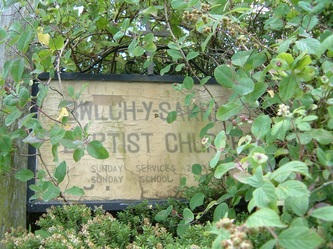
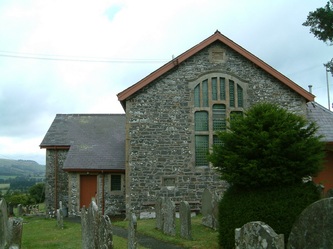
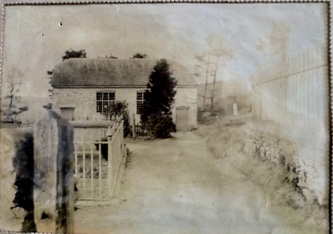
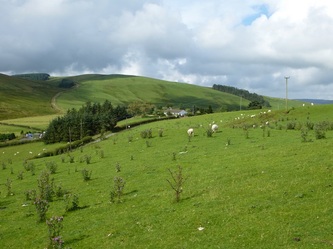
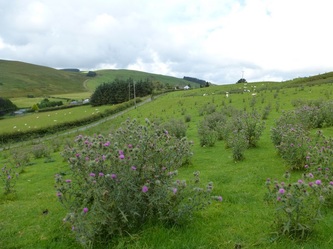
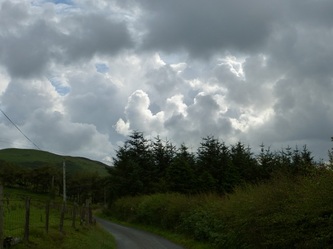
 RSS Feed
RSS Feed